What Vegetables Are Man-Made: Crossbreeds, Hybrids, and GMO
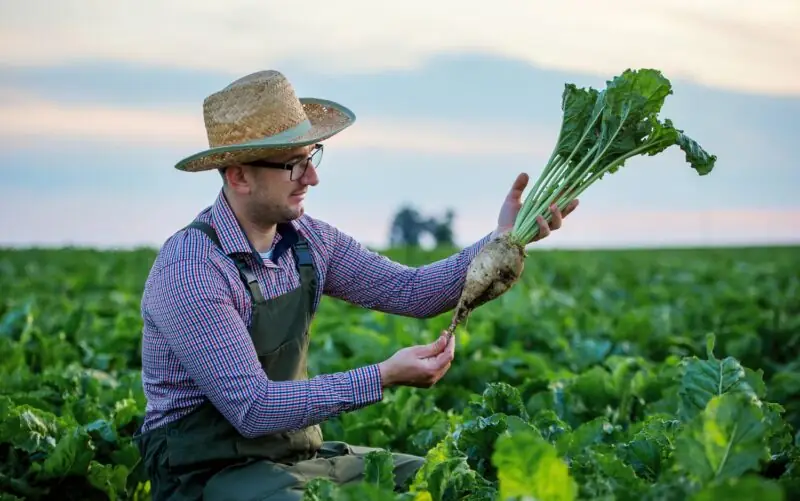
Vegetables are an inseparable part of our daily diets. Have you ever wondered what vegetables are man made and how plant foods we eat today came into existence? Did they always look and taste the way they do now, or were they once completely different? Believe it or not, many of our favorite veggies have been altered by humans over centuries through selective breeding and hybridization. In this article, we’ll take a closer look at 15 man-made vegetables and explore their fascinating history.
The Science of Man-Made Vegetables and Fruits
Selective Breeding and Hybridization
The process of creating new varieties of plants through selective breeding has been around for thousands of years. Farmers would choose plants with desirable traits such as size or flavor to cultivate for future crops. Over time, these selected plants would continue to breed until eventually producing a plant that had all desired features from its parent’s generation.
Hybridization is another method used in agriculture where two different species are crossed together to create a new variety with characteristics from both parents.
Genetic Modification vs Traditional Breeding
It’s important to note that traditional methods like selective breeding differ significantly from genetic modification (GM). Unlike GM, which involves direct manipulation on the DNA level; traditional processes occur naturally over time without introducing foreign genes into an organism’s genome.
A Closer Look at 15 Man-Made Fruits and Vegetables
Soybeans: A Staple in Many Diets
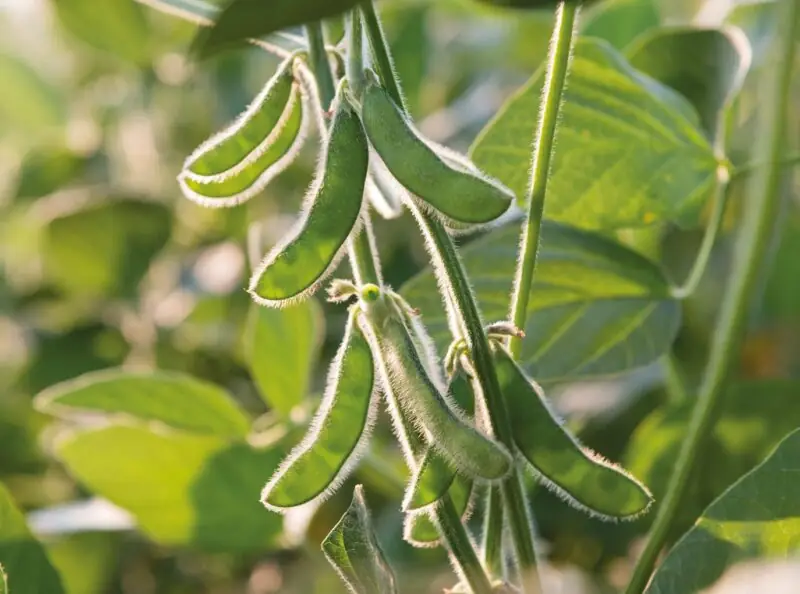
Soybean cultivation dates back almost five thousand years ago when ancient Chinese farmers discovered them while searching for edible legumes suitable enough as animal feedstock during winter months. Today, soybeans have become one of the most cultivated legumes worldwide because their rich protein content makes them an ideal food source capable of supporting human dietary requirements.
Garlic: A Flavorful Vegetable With Benefits
Garlic was first domesticated about six thousand years ago near Central Asia before making its way across Europe, then finally arriving in North America via Spanish conquistadors. Garlic is a powerful plant that has been used for centuries to help fight off infections and improve overall health.
Broccoli: The Powerhouse of the Cruciferous Family
Broccoli belongs to the cruciferous vegetable family, along with cauliflower, kale, and cabbage. This man-made vegetable was created through selective breeding from wild mustard plants that originated in Italy around 2,000 years ago. Today, broccoli is one of the most consumed vegetables worldwide due to its high nutritional value, containing vitamin C which helps boost immune system function.
Radish: Spicing Up Salads For Centuries
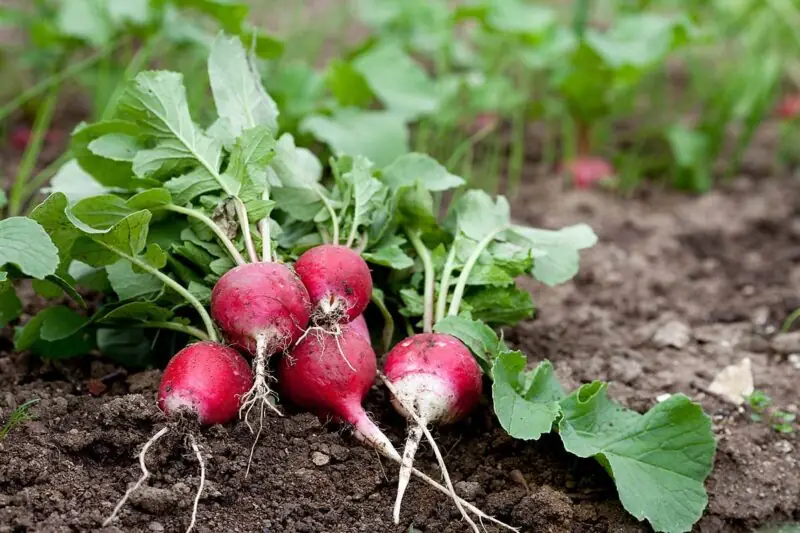
Radishes are believed to have first appeared in Southeast Asia over five thousand years ago before spreading throughout Central Asia and then into Europe as a popular addition to salads, sandwiches, or even soups! Humans cultivated radishes selectively by choosing seeds from plants with larger roots until today’s variants were developed.
Banana: A Fruit With A Vegetable History
Bananas originally grew naturally across Southeast Asian countries before being domesticated thousands of years ago; however, they were much different than their modern yellow counterpart- smaller and full of black, hard seeds. The bananas we eat nowadays are hybrids bred for size, taste, texture, sweetness, and absence of seed content, making them easier to eat compared to older varieties.
Celery: More Than Just A Low-Calorie Snack
Celery has been around since ancient times, originating near the Mediterranean basin. Today, it’s enjoyed worldwide thanks to hybridization techniques farmers used to selectively breed celery strains together, resulting in more robust stalks ideal for snacking or as a cooking ingredient.
Spinach: The Leafy Green with a Rich Past
Spinach comes from Persia (Iran) where it grows naturally alongside mountainsides and streams, dating back hundreds if not thousands of years. Through selective breeding practices, spinach underwent a process enhancing flavor and nutritional profile, ultimately leading to the development of modern-day spinach leaves found in grocery stores.
Eggplant: A Versatile And Colorful Addition To Dishes
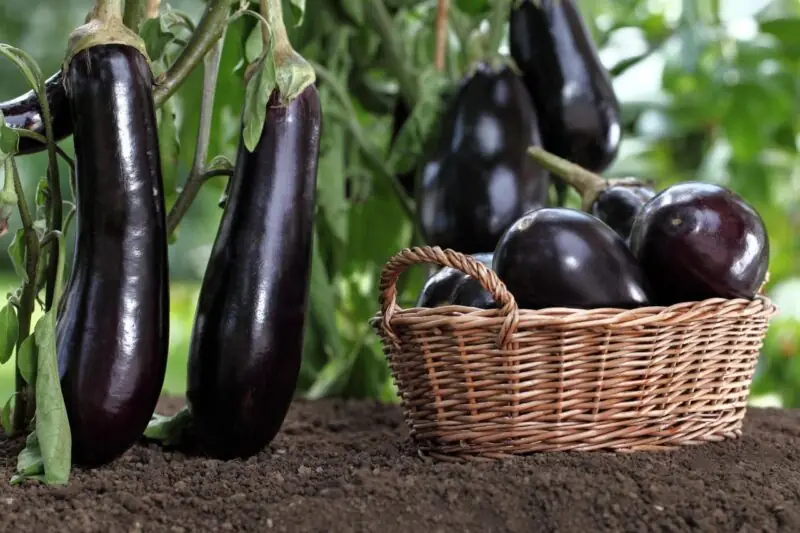
Eggplants can be traced all the way to southern India around 2,500 years ago. It’s believed that selective breeding of various wild variants of eggplant led to the development of the common day purple variety. Today, they are popular in many cuisines around the world and used for dishes such as ratatouille or baba ganoush.
Corn: The Transformation Of A Staple Crop
Corn is a staple crop worldwide and has been cultivated by human beings for over nine thousand years! Farmers selectively bred maize plants (called teosinte), resulting in varieties with many seeds on each ear until today’s corn hybrids were created – this made it easier to grow large amounts at once, yielding higher harvests.
Tomatoes: A Journey From Wild To Cultivated
Tomatoes originated in South America before spreading throughout North America, Europe, Africa, and Asia thanks to cultivation practices. Selective breeding techniques allowed farmers to develop sweeter, less acidic tomatoes, ideal for eating raw compared to older generations which were much sourer.
Carrots: The Story Behind Their Vibrant Colors
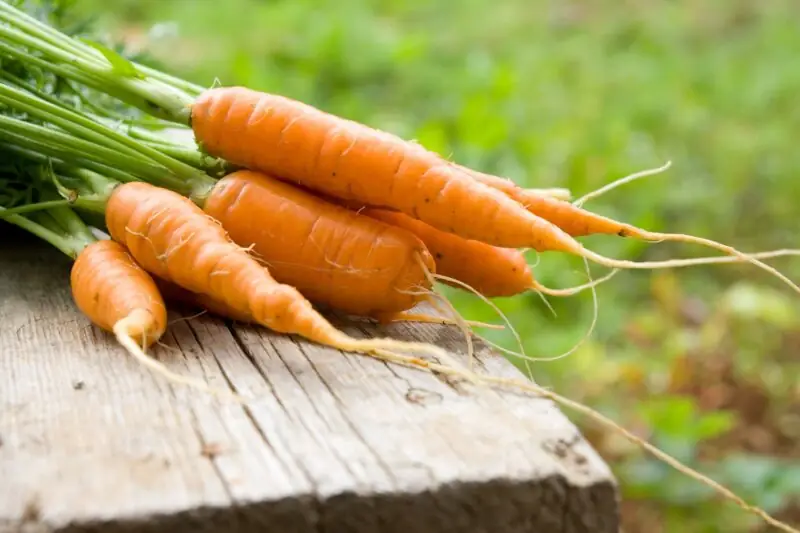
Carrots originally grew in areas now known as Iran and Afghanistan about five thousand years ago. They were originally yellow, white or purple, but gradually got their orange color after being introduced into Northern European countries around 1700 AD, where different strains of carrot began hybridizing together, creating the variations we see today!
Beets: From Medicine To Delicious Dishes
Beets have been grown since ancient times near the Mediterranean basin, where they were primarily used for medicinal purposes because their high nitrate content helped cure headaches and stomach problems. Today, beetroots are enjoyed all across the globe due to their sweet, earthy taste and versatility in cooking options, complementing the savory flavors of other ingredients.
Cucumber: A Refreshing Addition To Any Meal
Cucumbers have origins in the Eastern Himalayas, where they first started naturally growing along riverbanks. Farmers selectively bred cucumber seeds from larger fruit-producing plants until modern-day varieties developed. Cucumbers work well in salads, sandwiches, and smoothies, making them a great addition to any meal.
Savoy Cabbage: The Nutritious And Flavorful Leafy Green
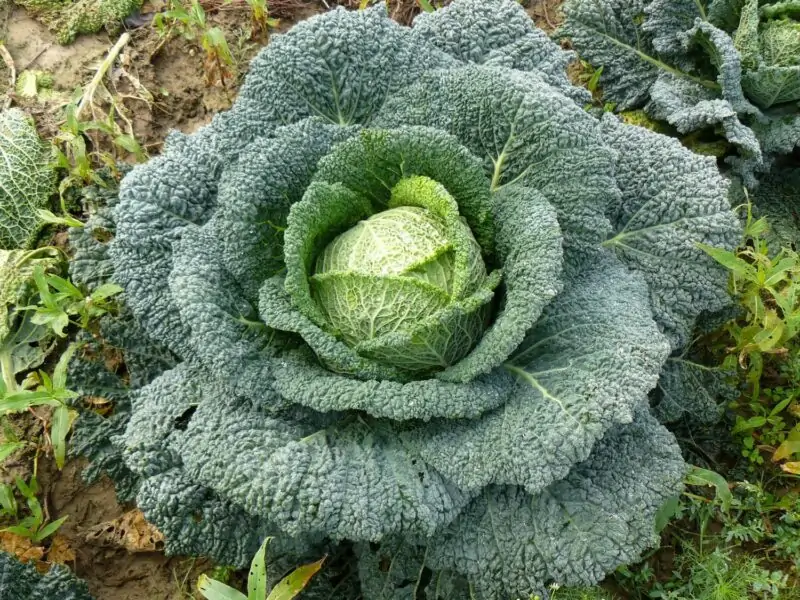
Savoy cabbage originated in the Mediterranean basin thousands of years ago, from where it gradually spread to Europe and beyond. Today, savoy varieties are a popular choice for coleslaw and stir-fries due to their crisp texture and sweet flavor profile.
Kale and Collard Greens: Siblings in the Cruciferous Vegetable Family
Kale belongs to the cruciferous vegetable family alongside broccoli, cauliflower, and collard greens. It has been cultivated and selectively bred over a thousand-year period until today’s modern leafy green development. Kale is a versatile ingredient that can be baked, fried, or sautéed, enhancing the nutritional value of any meal.
Not Mentioned but Man-Made Hybrids Anyway
Strawberry, pomelo, mandarin, brussels sprout, peanuts, watermelon, grapefruit, tangerines, and other citrus fruits – all these are actually man-made vegetables and fruits. Their wild ancestors were either less tasty, or not as large, or both.
For instance, botanists believe that modern peanuts are actually a hybrid of such species as Arachis duranensis and Arachis ipaensis. In a similar fashion, pomelo (the so-called Captain Shaddock fruit) was turned into its current form by the Ancient Chinese. Sweet bananas we know and love today are a hybrid that was created by ancient farmers cross-pollinating the wild Musa balbisiana and Musa acuminata varieties. Modern strawberry is a hybrid of wild strawberries Fragaria moschata and Fragaria chiloensis.
All in all, almost all plants we consume are man-made.
Man Made Fruits and Vegetables: FAQs
Man-made vegetables like those discussed here have been created through traditional breeding methods such as selective breeding or hybridization, while genetically modified organisms (GMOs) involve direct manipulation at the DNA level, introducing foreign genes into an organism’s genome.
Yes! Man-made veggies undergo the same testing and regulatory procedures as wild strains do, ensuring safety for consumption by the public at large.
Broccoli and cauliflower, along with other members of the brassica family, were developed via a centuries-long process in which farmers would select plants showing desirable traits and then continue cultivating seeds from the resulting offspring generations, eventually leading to the development of these modern-day food staples we enjoy.
Man-made variants offer more consistent size, shape, and color profiles, making them ideal for commercial farming purposes. They also generally have a higher yield per planting unit than natural varieties, making them better suited for grower profit margins.
Some people argue that eating too many highly altered fruits and vegetables could lead to a loss of genetic biodiversity in the long term, potentially harming overall health and the balance of ecosystems responsible for sustaining life on Earth.
Conclusion
Now you know what vegetables are man made. Humans have played an important role in modifying various vegetables over the centuries, resulting in more flavorful, nutritious, and visually appealing produce.
From broccoli to cucumbers, these man-made veggies have become staples of our diets worldwide. However, their creation has not been without controversy or potential drawbacks, so we must remain vigilant about balancing our consumption between natural and modified varieties. By doing so, we can continue to enjoy the benefits of these delicious and nutritious man-made vegetables while also preserving the natural diversity of our food sources.